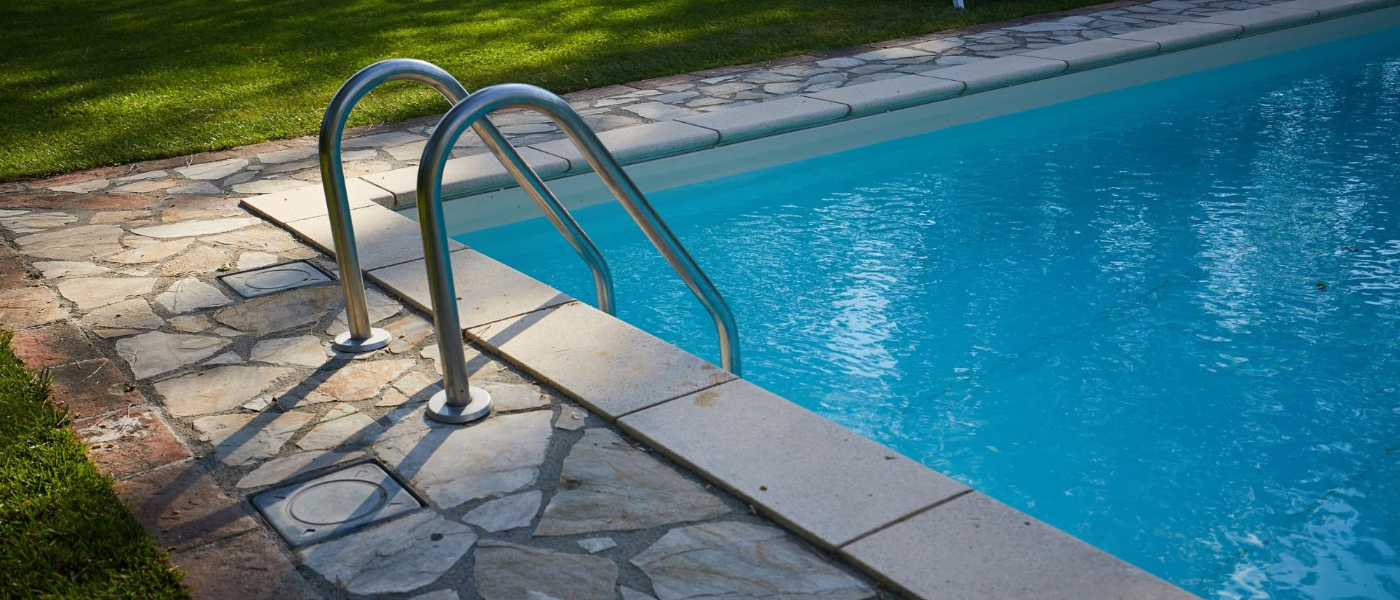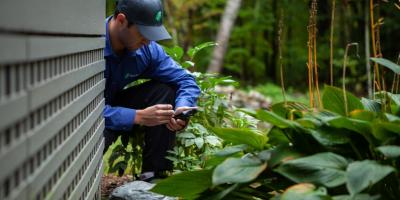Pests in the Pool? Here's How to Get Rid of Them

Having friends come over to take a dip is one of the great joys of owning a pool. It’s the uninvited swimmers, however, that pool owners and property managers alike need to worry about. We’re talking, of course, about bugs.
Humans aren’t the only creatures who love pools. Ants, thrips, gnats and mites are also drawn to water, albeit for different reasons than us. Most insects seek out damp areas to lay their eggs. Others prey on those eggs and the newly-hatched larva they produce.
Either way, no one wants to share the pool with critter swimmers.
A Bevy of Bugs
In addition to primarily landlubber insects that are merely drawn to water, there are several species that are positively meant for a life adrift. Water bugs, including water boatmen and backswimmers (yes, they earn their name by swimming the backstroke) are the two most common pests you’ll find in North American pools.
Water boatmen are slender, oval bugs that use their long oar-like legs to paddle across the water like a rowboat. Typically under ½-inch long, these tiny creatures lay their eggs underwater. Larger animals, such as toads, frogs and lizards, feast on adult boatmen as well as their offspring.
The aptly-named backswimmer is identifiable by its skyward-facing belly as it swims upside-down across the surface of lakes, streams and—you guessed it—pools. Backswimmers feed on other insects, including other backswimmers. They also attract even larger predators who like to feast on them.
The worst part about sharing the water with backswimmers is their ferocious (although nontoxic) bite. Some victims describe it as being as painful as a bee sting.
Poolside Pest Prevention
Preventing and removing pests from your pool, whether in a single-family residential setting or as part of a multi-resident apartment complex, involves following standard water-treatment procedures, as well as a few other considerations.
First off, shock chlorination (giving the pool an exceptionally large dose of chlorine) will immediately kill practically every living thing in your pool, from the bugs described above to the algae some of them feed on.
Shocking a pool is, however, a drastic measure, as it renders the pool unusable to humans until the chlorine returns to a safe level of about one to three parts per million. That can take up to four hours. For that reason, plus the fact that sun accelerates the burning off of chlorine, shocking is usually performed at night.
Once they’ve been eliminated, regular maintenance will prevent critters from returning. Routine treatment with algaecide will keep the water clear and algae-free, and regular vacuuming and skimming will keep the water free of bug-attracting debris.
Another important consideration is the location of any nearby vegetation, especially a garden. Whenever possible, gardens, especially those growing food, should be planted as far away from the pool as possible. Some decorative plants are okay to plant near pools, but it’s usually best to keep the pool area as clear as possible of all vegetation.
If night swimming is a feature of your pool, try to keep lighting to a minimum and at as great a distance from the pool as possible. Light attracts bugs and the animals that feed on them, so steering intruders away from the water will help reduce the nuisance.
Finally, it may seem obvious, but proper trash receptacle placement and removal will go a long way toward reducing any potential pest problems. The only thing pests love nearly as much as water is food, so limiting their access to sustenance will help keep their numbers down.
Curious to learn more about the pests near your pool? Check out our pest library and see how many you can match.



